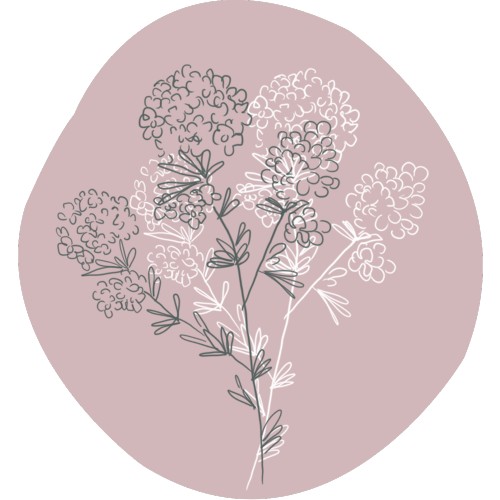Fragonia
Lively, delicate aromas with fruity and floral notes.

Lively, delicate aromas with fruity and floral notes.
Ideal for the winter thanks to its anti-infectious activity, it helps to avoid a runny nose. It is also purifying by acting on the skin. Finally, on a mental level, it motivates and helps to stabilise emotions.
A beautiful shrub with abundant flowers, native to southwestern Australia. It is a member of the same botanical family, Myrtaceae, and has similarities to tea tree and myrtle. The same comparison applies biochemically - moreover, the alpha-terpineol + cineole pairing makes a comparison with ravintsara relevant. What brings fragonia closer to ravintsara is a lively, oxygenating aroma with fruity and floral notes. To describe fragonia, both botanically, aromatically and biochemically, the word "balance" is always used.
The beautiful balance between monoterpenes (alpha-pinene) and cineole guarantees a respiratory EO of excellent tolerance, comparable to a hyssop or a green myrtle. The product will work beautifully in a diffuser.
In vitro, it has demonstrated a similar action to tea tree or oregano EO on bacterial strains of Acinetobacter baumannii, Escherichia coli, Pseudomonas aeruginosa, Serratia marcescens, Staphylococcus aureus and Staphylococcus epidermidis.
It can also be used against candidiasis.
Its immunostimulant potential is of course considerable. From the above observations, it would have a perfect place in any mixture, whatever the chosen interface, to complement, if not totally replace, tea tree EO.
Cosmetically, it occupies the same niche as tea tree or palmarosa EO. One should consider using this pleasant smelling EO as an active ingredient in a deodorant.
*The above summary is given for information only: it is a synthesis of the properties described in recognised aromatherapy books and/or in accordance with ancestral and popular traditions. It is in no way a medical information or a list of indications.
It is especially on this level that this EO of recent arrival was highlighted. Dr Pénoël sees it as a "yin" EO, perfect expression of the feminine principle. This EO extracted from leaves and wood conveys notions of quiet inner strength, assertiveness, lucidity in relation to ourselves and the world around us. Neurotonic, its liberating action is exerted on our doubts, negative feelings, old grudges.
In Australia, therapists who have used it confirm that it is particularly active on the higher chakras, which confirms its affinity with spirituality, dreams, introspection, and the ability to resolve conflicts.
Use it as a light diffusion or as a perfume, possibly pure, but preferably diluted at 5% in a ballpoint applicator, in a base of sunflower, hazelnut or jojoba oil. To help free oneself from a blockage, in every sense of the word, it is recommended to apply it to the back of the neck, at the top of the spine, before going to sleep. In the same way as with elemi.